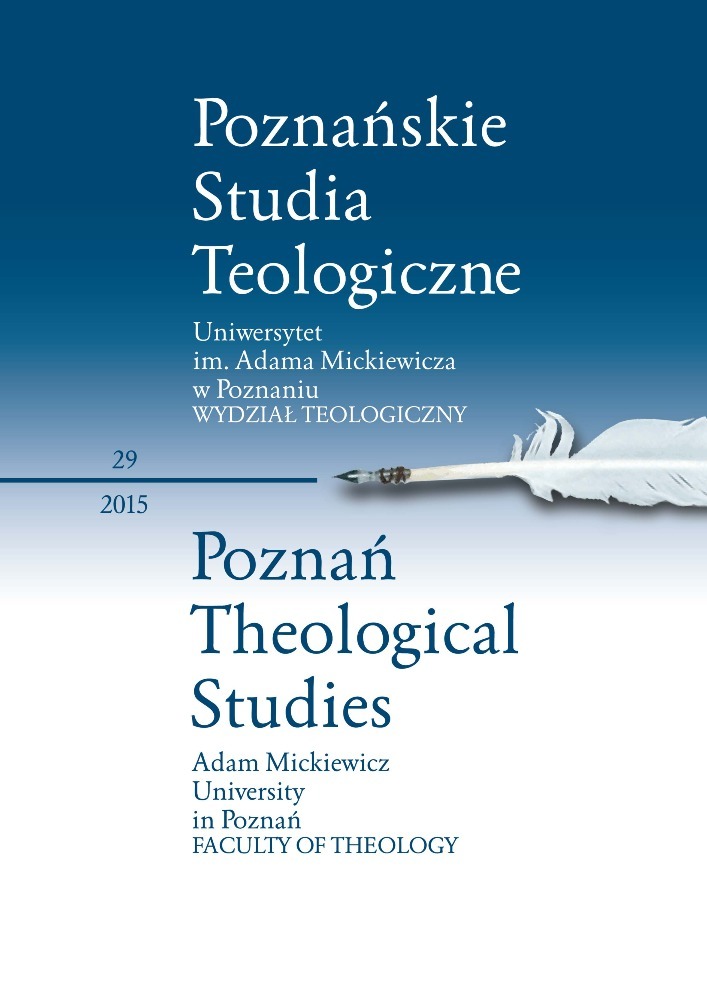Abstrakt
The decree Haec Sancta approved by the Council of Constance at its 5th Session (6th April 1415) helped the Council fathers to put an end to the scandalous schism which since 1378 had divided the Latin Church between rival lines of claimants to the papal office. The Council of Constance declared for the superiority of the Council over the Pope. In Gallicanism the theory of the superiority of a General Council lived on for hundreds of years. The great body of the bishops of the nineteenth century had little sympathy with Gallican principles, which disappeared entirely after the definition of Papal Infallibility at the First Vatican Council in 1870. There are several requirements for a dogmatic, papal infallible pronouncement: (1) The pronouncement must be made by the lawful successor to Peter. (2) The subject matter must be in the area of faith and morals.
(3) The pope must be speaking ex cathedra, that is from the very seat and office of Peter. In this way he must be specifically intending to proclaim a doctrine, binding the entire Church to its assent. If one or more of these elements is missing, there is no infallible pronouncement.
Bibliografia
Balthasar H.U. von, Antyrzymski resentyment, Poznań 2004.
Beinert W., Unfehlbarkeit, w: Lexikon für Theologie und Kirche X, Freiburg–Basel–Wien 2006.
Cztery artykuły gallikańskie francuskiego zgromadzenia kleru z 19 marca 1862 roku, w: K. Schatz, Prymat papieski od początków do współczesności, Kraków 2004.
Denzinger H., Enchiridion symbolorum definitionum et declarationum de rebus fidei et morum, San Francisco 2012.
Küng H., Nieomylny?, Kraków 1995.
Nastałek J., Prymat papieski w dialogu ekumenicznym w polskiej literaturze teologicznej, Świdnica 2008, s. 133.
Ott L., Fundamentals of catholic dogma, Charlotte 1974.
Płonka T., Stopniowalność orzeczeń Magisterium Kościoła w nauczaniu Stolicy Apostolskiej podczas pontyfikatu Jana Pawła II, Warszawa 2011.
Reinkens J., Über päpstliche Unfehlbarkeit: einige Reflexionen, München 1870.
Robertus Bellarminus, De controversiis christiane fidei adversus hujus temporis haereticos I, lib. II: De Romano Pontifice, cap. 30, w: tenże, Opera omnia I, Napoli 1836, s. 418-420.
Schatz K., Prymat papieski od początków do współczesności, Kraków 2004.
Schatz K., Vaticanum I 1869-1870 III, Paderborn-München-Wien-Zürich 1994.
Seweryniak H., Rozwój historyczny pojęcia i roli magisterium, w: Charyzmat osoby i autorytet urzędu, red. G. Strzelczyk, Katowice 2007.
Sobór w Konstancji, Haec sancta, w: Dokumenty Soborów Powszechnych III, Kraków 2003.
Sobór Watykański I, Konstytucja dogmatyczna o wierze katolickiej, w: Dokumenty Soborów Powszechnych IV, Kraków 2004, 913-927.
Sobór Watykański I, Pierwsza Konstytucja dogmatyczna o Kościele Chrystusowym, w: Dokumenty Soborów Powszechnych, IV Kraków 2004.
Trwajcie mocni w wierze. Benedykt XVI w Polsce, Kraków 2006.
Wojtkun J., Pojęcie „obyczaje” (mores) jako przedmiot nieomylności Urzędu Nauczycielskiego Kościoła, w: Posłannictwo biskupa Rzymu, red. J. Jezierski, Olsztyn 2002, s. 167-180.
Licencja
Copyright
© 2015 Uniwersytet im. Adama Mickiewicza w Poznaniu, Wydawnictwo Naukowe UAM, Poznań
OPEN ACCESS
